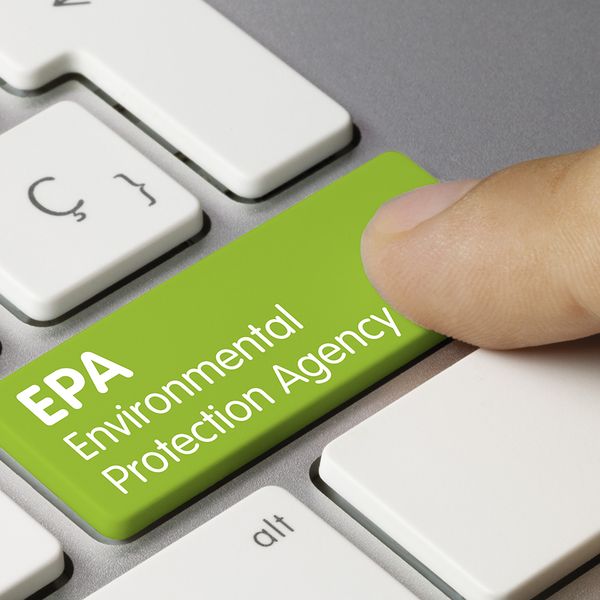Keeping tabs on toxins: The TSCA Inventory gets a spring update
Have you ever wondered how many chemicals are used in everyday products in the United States? Section 8(b) of the Toxic Substances Control Act (TSCA) requires the Environmental Protection Agency (EPA) to compile, keep current, and publish a list of each chemical substance. The agency keeps track of them on a list called the TSCA Chemical Substance Inventory, commonly referred to in the industry as “the Inventory.”
EPA recently updated the Inventory in May 2024. This regular update happens twice a year for the nonconfidential portion of the Inventory. Let's dive into what the update means and why it's important.
What is the TSCA Inventory?
Imagine the Inventory as a giant catalog of chemicals. It includes all the existing chemicals manufactured, processed, or imported into the U.S. that don’t qualify for an exemption or exclusion under TSCA. This means chemicals used in things like cleaning products, clothing, toys, and medications are on this list. You can search the Inventory on EPA's website to learn more about a specific chemical.
What does it mean to be on the TSCA Inventory?
Under TSCA regulations, if a chemical is on the Inventory, the substance is considered an "existing" chemical substance in U.S. commerce. Any chemical not on the Inventory is considered a “new” chemical substance.
In addition to defining whether a specific substance is new or existing, the Inventory also flags existing chemical substances that are subject to manufacturing or use restrictions.
Determining whether a chemical is on the Inventory is a critical step before beginning to manufacture (which includes importing) a chemical substance.
What's new in the May 2024 update?
Through the update to the Inventory, EPA: • Added more chemicals. There are now 86,770 chemicals listed on the Inventory, which is a slight increase from the previous update.
- Updated active and inactive substances. Out of all the listed chemicals, only 42,377 are currently used in U.S. commerce. This means the other chemicals are no longer being manufactured or imported.
- Expanded commercial activity data. The update provides more details about how these chemicals are being used. Additional data helps EPA understand potential risks and how widespread certain chemicals might be.
- Updated regulatory flags. The update also includes flags that indicate if there are any special regulations on a particular chemical. Regulations often apply to chemicals known to have certain safety concerns.
Why is the TSCA Inventory important?
The TSCA Inventory is a valuable tool for several reasons:
- It helps EPA identify chemicals that need further safety testing or regulation. By knowing which chemicals are being used, the agency can prioritize its efforts to protect human health and the environment.
- Companies that manufacture or import chemicals can use the Inventory to determine if they need to report information to the EPA. There are specific reporting requirements for certain chemicals on the list.
- The Inventory is a public document, which means anyone can access it. This allows researchers, scientists, and the general public to learn more about the chemicals used in the U.S.
What's next?
EPA is constantly working to improve the Inventory. The agency is reviewing information about chemicals on the confidential portion of the list to determine whether they can be moved to the public list. This increases transparency and allows for more public oversight of chemicals used.
The next update to the Inventory is expected in early 2025. By keeping this list updated, EPA can better ensure the safety of chemicals and protect public health.
The update to the TSCA Inventory coincides with the start of the Chemical Data Reporting (CDR) cycle. The CDR program requires companies that manufacture or import certain chemicals to report information about the chemicals to EPA. The Inventory helps these companies determine which chemicals they need to report. See the article “Chemical Data Reporting: 3 tips for a winning report” below for more information about the CDR program.
Key to remember: EPA published the biannual update to the TSCA Inventory, which tracks all chemicals used in the U.S., ensures safety, and informs regulations.


















































